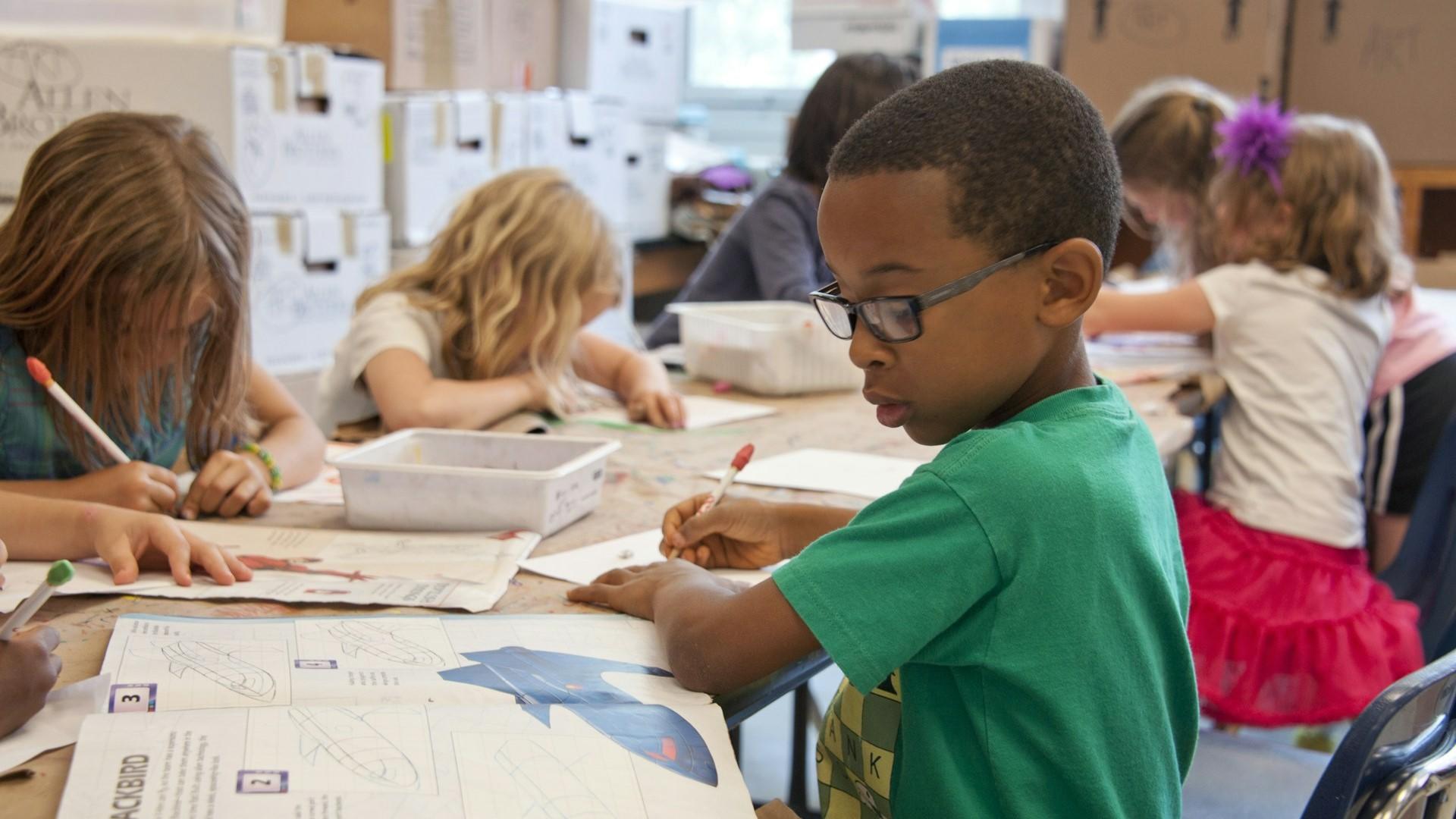- February 27, 2020
- Equity
This story is not going to start with a sensationalized murder or a graphic account of an Indigenous woman’s death. Native* communities have sustained enough trauma without having their murdered sisters and wives and friends paraded to readers for the sake of a catching story. Nor will this article start with data and statistics about the crisis of missing and murdered Indigenous women and girls (MMIWG). The reason? Accurate data simply doesn’t exist.
There is, however, data about the physical and sexual abuse that American Indian and Alaska Native (AI/AN) women will endure during their lifetime, and it is staggering. A 2016 report by the National Institute of Justice found that more than four out of five AI/AN women have experienced violence in their lifetime. Two of the most common types of violence are sexual violence and intimate partner physical violence. And the vast majority of AI/AN women who reported being abused — 97 percent — sustained violence from a non-Native perpetrator.
The National Institute of Justice’s report was “the most thorough assessment on the extent of violence” against Indigenous people to date; it wasn’t until 2016 that there was clear data about the extreme levels of violence faced by these communities. And despite the lack of attention and data, it is also understood that there is a crisis of murder and disappearances; both congressional representatives and senators are pushing for legislation to address it. So now is the time for local governments and law enforcement to step up and do the data work for the Indigenous women who are missing and murdered. Below are several recommendations for chief data officers, city police, and other officials on how they can appropriately conduct data collection, address bias in their systems, and help honor the lives of Native women.
Engage with and hire Indigenous experts.
The following recommendations come from experts in this field, and these experts are survivors, Indigenous researchers, data experts, and advocates all rolled into one. Members of Native communities are not just victims/survivors, and cities shouldn’t overlook the expertise that already exists there. In the absence of government attention to the MMIWG crisis, advocates like Lucy Simpson are working to raise awareness of the issue while researchers like Annita Lucchesi and Abigail Echo-Hawk are investing their own time and money in data collection.
Simpson, a citizen of the Navajo Nation, is the Executive Director of the National Indigenous Women’s Resource Center (NIWRC). NIWRC provides national leadership to end violence against American Indian, Alaska Native and Native Hawaiian women by supporting culturally grounded, grassroots advocacy using a tribal sovereignty framework. Echo-Hawk, an enrolled citizen of the Pawnee Nation of Oklahoma, is the Chief Research Officer at the Seattle Indian Health Board and Director of the Urban Indian Health Institute (UIHI). UIHI is the research arm of the Seattle Indian Health Board, and manages the Our Bodies, Our Stories project, a series of reports “that details the scope of violence against Native women across the nation.” Lucchesi is a co-author of one of these reports (Missing and Murdered Indigenous Women & Girls: A snapshot of data from 71 urban cities in the United States), and is also the Executive Director of the Sovereign Bodies Institute (SBI) and is of Cheyenne descent. Lucchesi has compiled and maintained the largest North and South American database of MMIWG, with cases going back over one hundred years. For over four years, she collected data as a community member and survivor of violence, before creating a more formal, community-based home for it at Sovereign Bodies Institute. Some data comes from police and government records, but she also incorporates information from families and a wide range of other sources about murders and disappearances that are missing from official databases.
Together Echo-Hawk and Luchessi bring a wealth of knowledge about Indigenous epidemiology, gender studies, academic research, and data collection to their work. Yet Echo-Hawk had to help fund their Missing and Murdered Indigenous Women and Girls report, spending her own money to disaggregate MMIWG data in 71 cities. Echo-Hawk said that she and Lucchesi “probably have more data than these cities have themselves”. But the report is unfortunately not an accurate account of how many women are missing or murdered, due to the data challenges and poor collection practices in many cities.
Collect accurate data on race.
One of the biggest issues the researchers identified was racial misclassification in police data. Lucchesi discovered that the Seattle Police Department Homicide Unit used the same racial indicator for African-American and Native individuals from the 1960s through the early 80s. In other cities, there was confusion between Indian-Americans and American Indians. And the police record system in Fargo, North Dakota, defaulted to “white” if no racial classification was entered. All of these are examples of poor data integrity. Echo-Hawk wants cities to acknowledge “the institutional and structural racism” in those legacy systems, and build systems without these biases.
Conduct forensic audits.
The police database issues echo the invisibility of AI/AN people in city- and county-wide data. UIHI was founded because the urban American Indian population wasn’t represented in urban data, despite 71 percent of Indigenous people living in urban centers. Echo-Hawk points out that AI/AN people are frequently cited as statistically insignificant, or lumped in with other racial groups. According to Echo-Hawk, “data-driven decisions simply are not possible” right now, because the data isn’t accurate. Lucchesi has spoken with law enforcement about auditing data, and she recommends that they use an outside, Native auditor: “there are things that occur to me, that would never occur to them, even when we’re looking at the same dataset.”
Establish an MMIWG protocol.
In both urban and rural areas, there is a lot of confusion over jurisdiction and lines of authority. In the context of MMIWG, this can make data collection difficult. Simpson has seen cases where a disappeared woman lives in Indian Country but works off the reservation, and tribal, local, and state law enforcement struggle with knowing where and how to handle the case. This has resulted in a lot of shuffling of cases and bouncing around for family members, and increases the chance that data won’t be properly collected and catalogued. NIWRC created a toolkit to assist tribes in responding to a disappearance, which discusses some of the issues with cross-jurisdiction and multi-agency data collection.
Additionally, Simpson recommends that any law enforcement begins a missing persons report every time a case is brought to them, even if the case ends up being under a different set of authorities. This decreases the odds that missing or murdered women will slip through the cracks.
Learn about the communities, from the communities.
Indigenous people in the United States have endured mass traumas, including “community massacres, genocidal policies, pandemics from the introduction of new diseases, forced relocation, forced removal of children though Indian boarding school policies, and prohibition of spiritual and cultural practices.” Often, these historical traumas were enacted by the government, and current officials must understand how these traumas impact the present relationship between AI/AN communities and government or law enforcement.
Simpson believes that both law enforcement and non-Native service providers need training on historical trauma and cultural competencies. These trainings would discuss how data should appropriately and respectfully be collected, by including information about racial identity, tribal enrollment and/or tribal affiliation of the victims. NIWRC does have online cultural competency resources and a comprehensive MMIWG resource collection to help fill in the training gap.
The Sovereign Bodies Institute’s database purposefully tracks forms of data that law enforcement “would never track,” like the victim’s name in their Indigenous language, if they had children and how many children they had, any violence they might have experienced earlier in life, and if there are other MMIWG cases in their family. Law enforcement can learn from the way that SBI respects the data entrusted to them, because it improves the quality of information and increases the cases that are tracked; SBI’s database is more comprehensive than anything tracked by government agencies in North America.
However, government officials and law enforcement need to be prepared to meet the communities where they are. Indigenous people are going to come “hurt and angry, with hours and hours and hours of things to say,” said Lucchesi. “And because there’s been no place to have those things heard for so long, there’s a lot of things to say and a lot of emotion behind them.” Along with empathy, Lucchesi wants local governments to receive the communities “with grace and humility,” and understand “that we’re going to be there until the conversation is done, not until the room reservation ends or it’s five o’clock — that is an Indigenous value.”
Mandate the use of existing databases.
UIHI has a partnership with NamUS, a government-funded national database and resource center for “missing, unidentified, and unclaimed person cases across the United States.” Although there are different comfort levels with this — some Indigenous communities are unsure about being in a national data system — Echo-Hawk still sees the utility in working with governments to change the systems. She established the partnership and does community events around the country to help Native Americans enter family and community members into the database. However, placing that burden on Indigenous communities is unjust. Right now only six states mandate data entry into NamUS, and Echo-Hawk would like every state to mandate usage by law enforcement. Doing that would move the burden off of family members, and encourage uniform data collection across the country.
Decolonize the data.
Data decolonization is an important topic for Indigenous researchers. As many of the above examples show, a lot of the Western methodologies were meant to marginalize or eliminate Native Americans by finding them statistically insignificant, relegating them to “Other” or simply not counting them. Data is really only decolonized when it comes from Indigenous researchers using a mix of Indigenous research methodologies. “I cannot decolonize a system that was meant to oppress my people,” says Echo-Hawk.
“For Indigenous people, our knowledge systems are all about relationships, relationship building, and mobilizing the information that we gather to care for our people,” said Lucchesi “It’s less about any specific method or process, and more about making it meaningful to better care for our people.” Therefore, it’s important that the oversight, collection, and governance of data is shared between law enforcement and tribal and urban Native Americans, to make sure that it is meaningful for both government and tribal communities.
There are signs that cities are starting to recognize the importance of accurate and culturally-aware data collection. Echo-Hawk and her colleague Aren Sparck, an enrolled Member of the Chevak Native Village Qissunamiut Tribe and Chief Public Affairs Officer at UIHI, gave examples of urban areas that are working with Native communities to improve their data collection.
In Portland, Oregon, the police department sent a letter to Echo-Hawk and Lucchesi after their report, apologizing for their missing data. Laura John, the Portland Tribal Liaison, is very connected with the police department and is helping them improve their data collection work. And in early 2019 the San Francisco Board of Supervisors passed a resolution “recognizing May 5th as the national day of awareness for Honoring Missing and Murdered Indigenous Women.”
In September 2019, Resolution 39100 was passed in Seattle, “the most progressive piece of legislation in the United States” addressing MMIWG, according to Sparck. It has both resources and authority behind it, and UIHI made sure that there were requirements for community involvement and Indigenous care delivery.
When UIHI published the Missing and Murdered Indigenous Women and Girls report, they said that many institutional practices allowed the women to “disappear not once, but three times—in life, in the media, and in the data.” Hopefully the expert recommendations provided here will assist cities in improving their data collection, so these women are no longer erased. The Indigenous experts are out here, and they “will hold accountable any government system that is going to be working to address this issue.” Echo-Hawk emphasized that “We will hold them accountable, and we will also support. It’s about calling out bad practice to call them into good practice.”
*In this article, the terms Native, Native American, and American Indian/Alaska Native are used interchangeably, in accordance with the Urban Indian Health Institute’s practices. These terms acknowledge the varying ways that North American Indigenous peoples are forced to identify within the American racial structure and English language.





